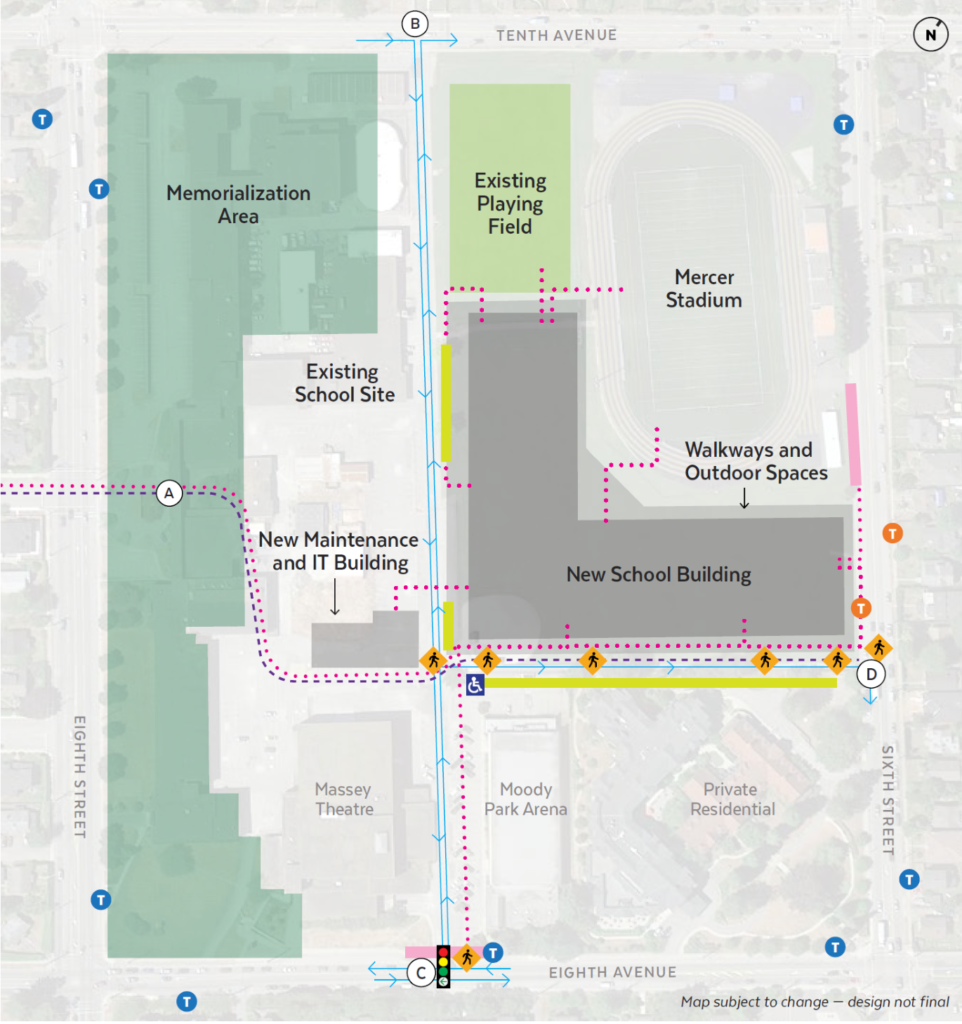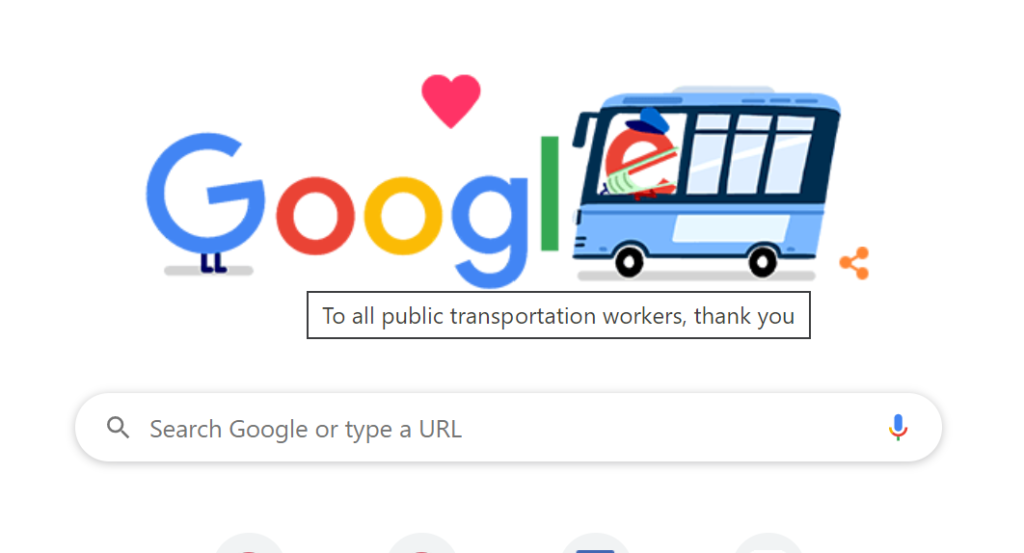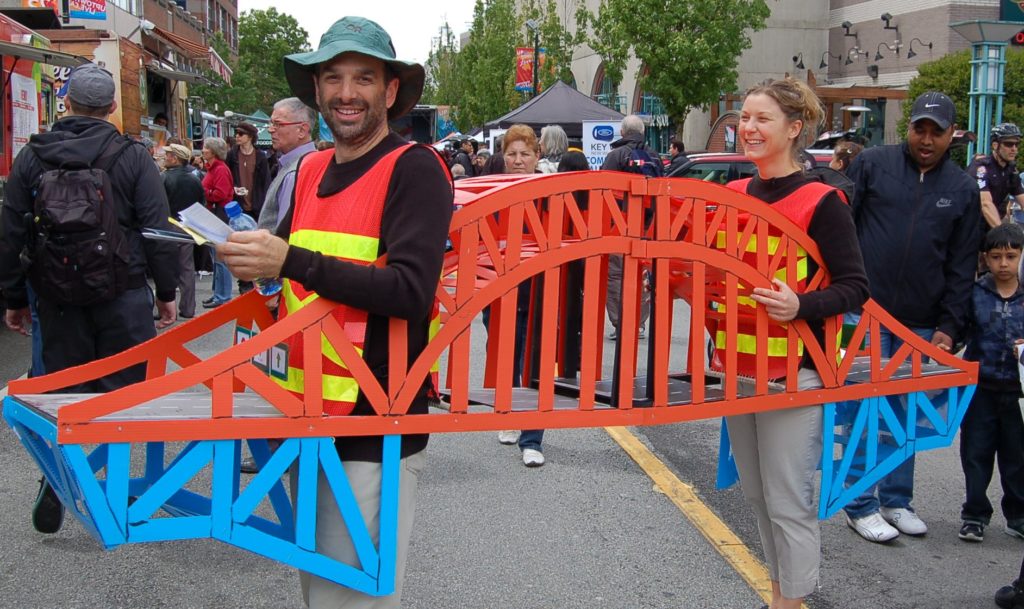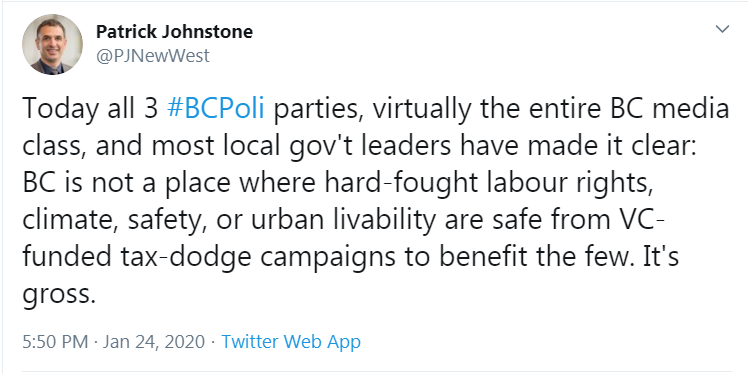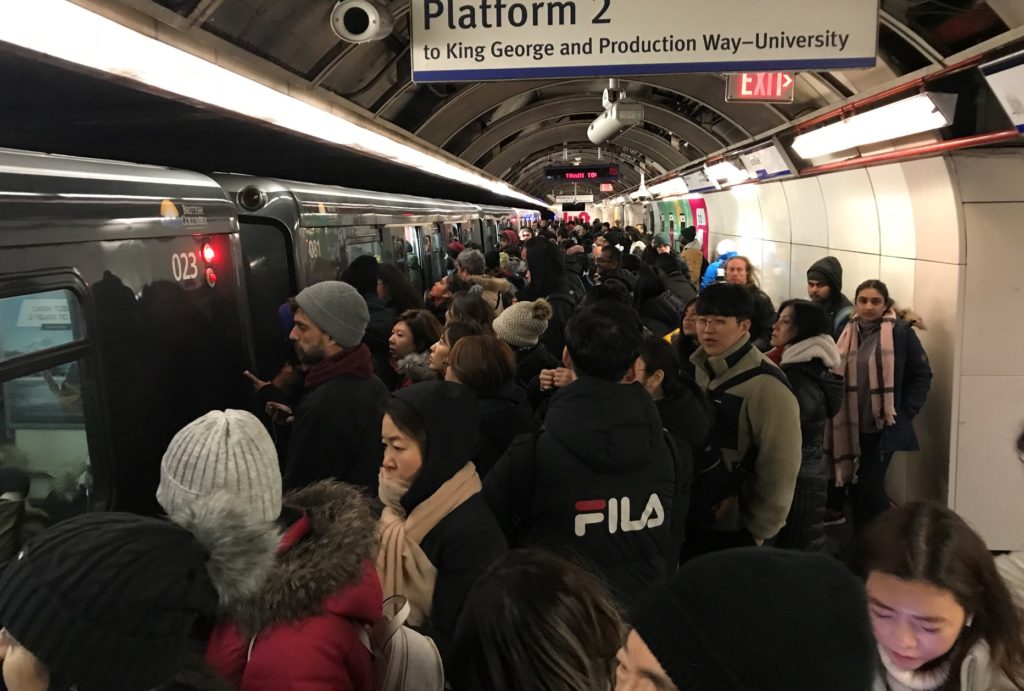I like to complain as much as the next guy. However, I do try to keep it constructive and useful. I recently send a complaint to TransLink via a short Twitter thread, photos and all. The very pleasant person on the other side of the anonymous @TransLink twitter account replied that they noted the concern, and asked that I follow up with the on-line TransLink feedback form. I was admittedly slow to do this, in part because the feedback form is limited to 2,000 characters (I can’t sing Happy Birthday in less than 2,000 characters) and I thought the issue really needed the photos I took to highlight my concern. So, I sent them a TL;dnr complaint to the suggestion box and added a link to this post, where I expand on my Twitter thread and add the photos that I think tell the story.
Hello.
I had a pleasant conversation through Twitter (yes, that is possible) with your social media staff last month, and they recommended I send this concern directly to this e-mail, so here we are, I finally got my rant together.
There is a bus stop on Westminster Highway right across the street from the Hamilton Transit Centre. Stop #59555 I think. The bus stop is on a (painted) bike lane. Not a perfect design, but sometimes you need to make due as there are lot of challenges for road space and curb space in the City. A bus stopping for a few seconds to pick up or drop off customers is a minor hassle for someone using the bike lane, and I think supporting transit users is really important for all cyclists – we active transportation users are all in this together!
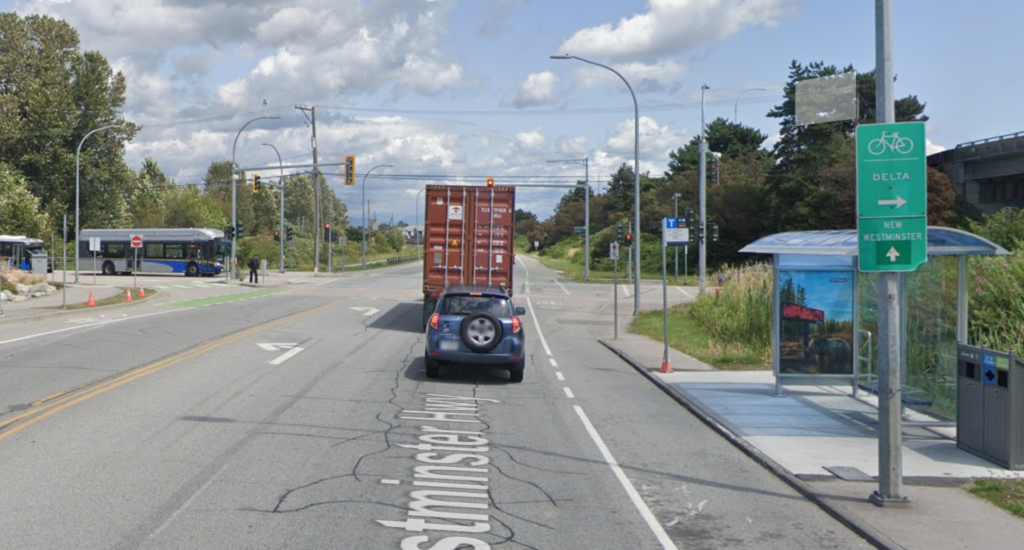
Though it is not optimal in design, this is kind of an important bike lane. That area of Queensborough/Hamilton is a bit of a pinch point with the freeway jammed through it, and the route along Westminster Highway is really the only accessible, low-gradient and family-friendly route between the residential areas of Hamilton and the residential areas of Queensborough. It serves as an important connection for parks, shopping, the child care centre, and other travel. There really isn’t another way around here (except a ridiculous, really high, steep, and narrow pedestrian overpass a little way to the South, which no cycle should ever be on, and which doesn’t connect to anything, and is a prime example of why MOTI should not be trusted to build anything in an urban area, but I digress).
Now, the problem with Stop #59555 is that it has increasingly been used as place to store buses. It seems there is always one or two buses staged there, sometimes shut off with no drivers. I realize the 410 route often has delay/deadheading issues, but I also assume this is a spot for shift changes or other reasons bus are stored here. I have cycle commuted on this route for years, and I do not recall buses staging here prior to the opening of the Transit Centre. So now, instead of people on bikes waiting a few seconds for the bus to pick up or drop off, we need to travel around the bus.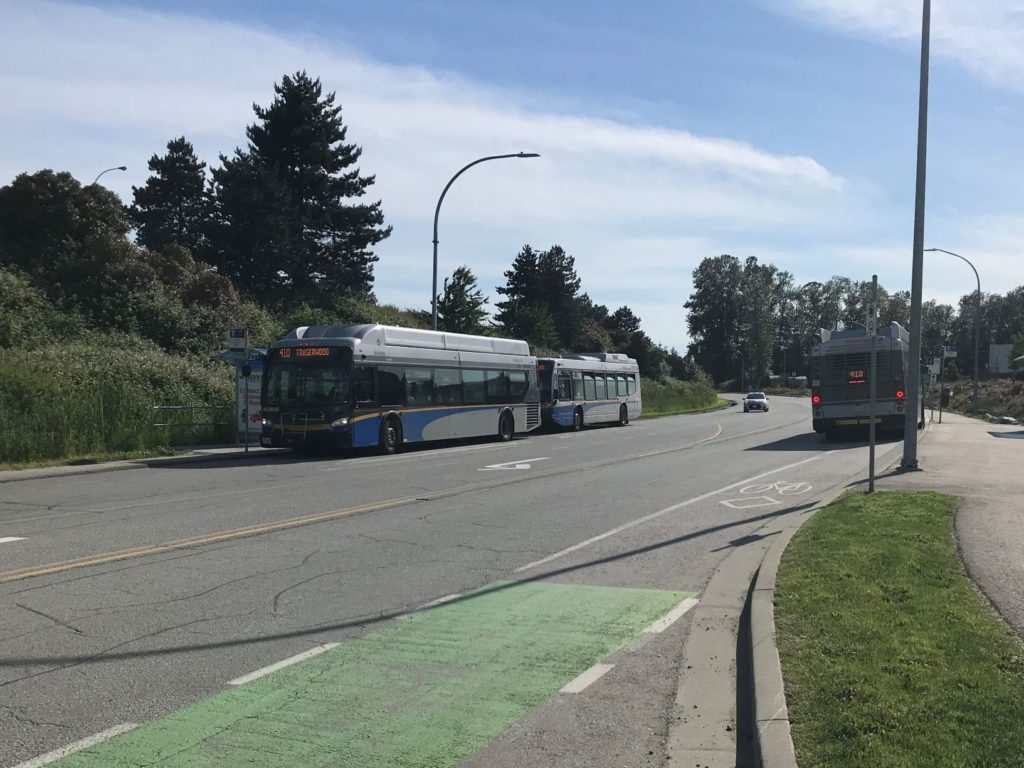
A >2m-wide bus parked in a <2m painted bike lane means cyclists wishing to pass by must enter the driving lane of a road with the name “Highway”, and one with a significant portion of truck traffic. For experienced cyclists like myself, that is merely a bothersome decrease in my safety as I signal and take the lane and hope drivers respect my space (no doubt irritating a small number of them, pushing them towards writing their own long impotent screeds on the Vancouver Sun Facebook page about scofflaw cyclists not staying in their lane). But for other users it creates a serious barrier. Here is what I happened upon while riding along that route a few weeks ago, which launched this specific impotent screed: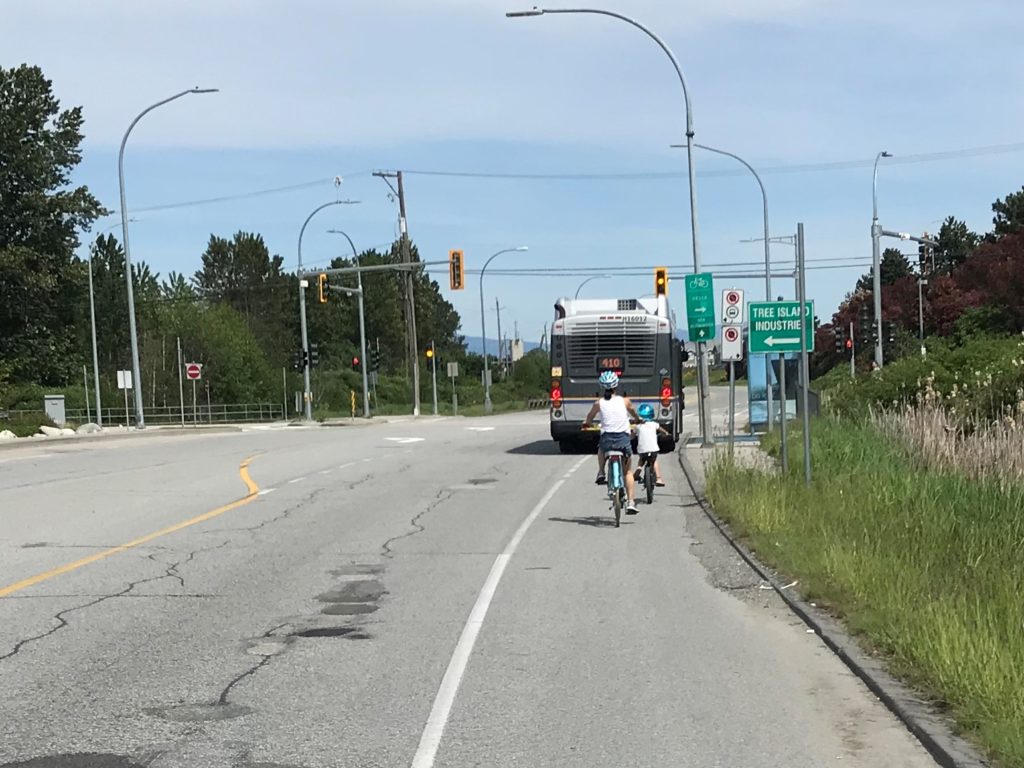
As someone who cares about active transportation, as someone who proudly extols the virtues of TransLink as one of the greatest urban transit systems in North America, as someone elected to advocate for the safety and comfort of active transportation users in my community, all I want is for this mother to feel comfortable taking her daughter for a bike ride. I want the daughter to grow up confident and free and empowered by her bicycle. I want mom and daughter to be safe. The bikeway here is not optimal, but Translink’s operational choice here is making it markedly less safe every day. I mean, what is she supposed to do here? What message are we sending? 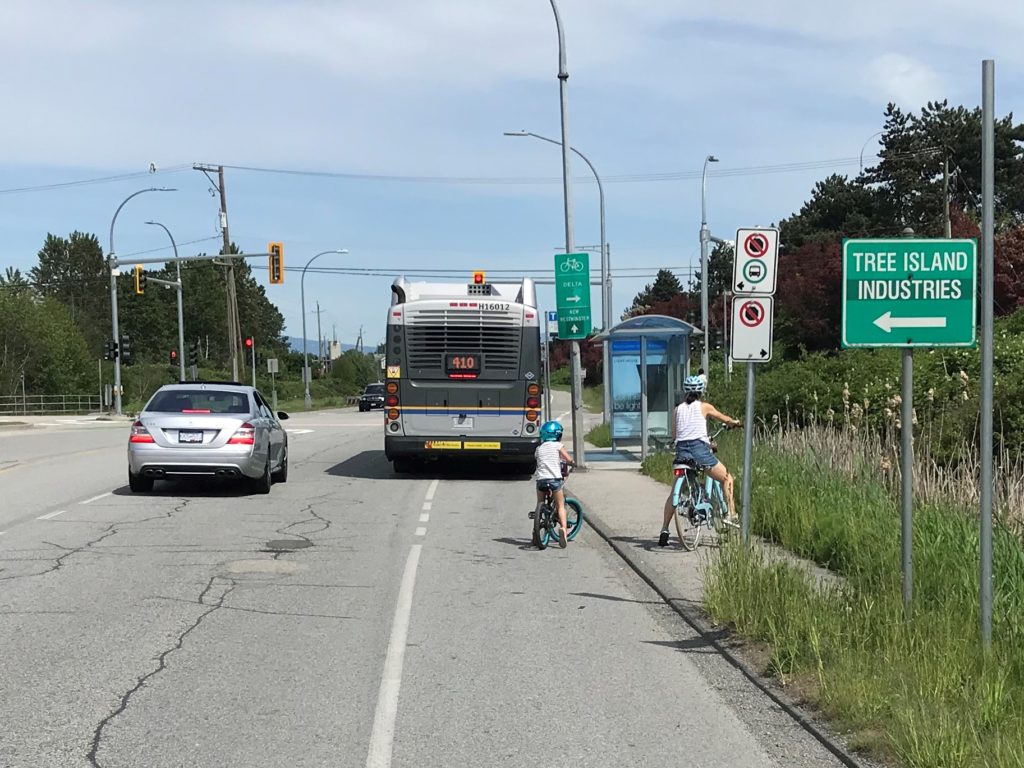
So please, see if you can change this operational practice, hopefully this summer, until a proper engineered work-around (a pull-out for the bus, or a bike lane routed behind the bus stop) can be implemented. If you need help from the City to make that happen, or if there is someone else I need to call, please let me know. Don’t do it for me, the “experienced rider” who doesn’t mind irritating the occasional driver if road engineering forces me into that choice. Do it for this family, for this mom trying to teach her daughter how to navigate her community safely, for this youth discovering one of the greatest tools for empowerment and freedom ever invented – riding a bicycle.
Thanks.
